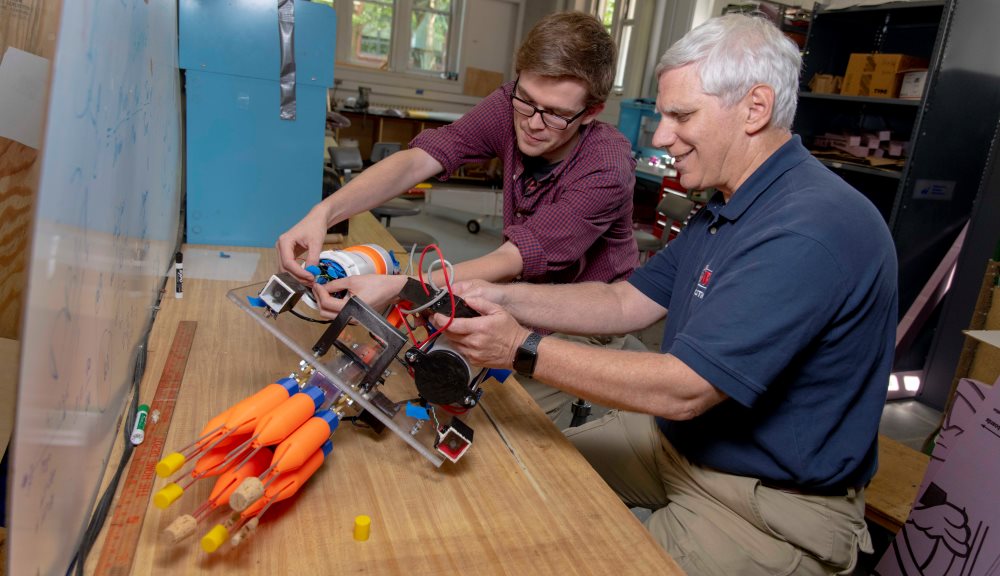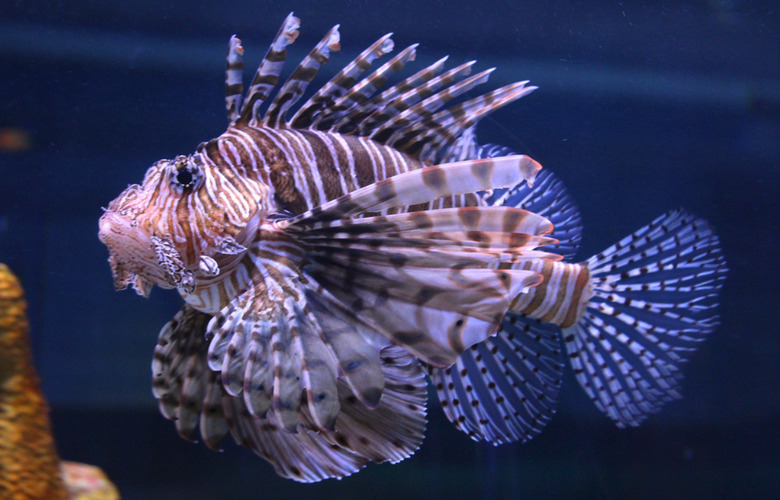Scientists Built An Armed Robot To Protect Coral Reefs From Invasive Lionfish
Lionfish are incredibly eye-catching creatures, and they're a favorite of salt water aquarium enthusiasts because they just plain look cool. They're also an incredibly troublesome species when they are introduced in areas where they don't belong, and coral reefs in the Caribbean are under serious threat from an invasion.
Now, researchers from the Worcester Polytechnic Institute have developed an autonomous robot that is capable of hunting down lionfish all on its own. But the bot doesn't just identify and kill the invasive fish — using sharp spears to snag the fish and bring it down — it also allows for the dead fish to be fetched by fishermen who can harvest and sell it.
Lionfish are an expensive menu item, and fishermen who take the time to hunt them down can make up to $20 per pound on them, according to the researchers. So, rather than simply killing the fish off, the robot the team has built uses buoyant spears which detach from the robot, spear the fish, and then carry it to the surface where fishermen can easily retrieve it.

"There are economic and environmental benefits to this, and the fish are delicious," Brandon Kelly, a member of the research team, explains. "I've seen the massive devastation caused by these fish and it really made me want to work on this project. We felt like we could create some change in the world."
The fish might be nice to look at (and eat, apparently) but they're incredibly damaging to aquatic ecosystems when they muscle into new areas. They can devastate local fish populations and delicate reef ecosystems. The robot the team has built is smart enough to avoid any contact with the reef during its search for the invasive species, and it can track and hunt lionfish without any input from its handlers. Once it has completed its search or exhausted its supply of spears it returns to the surface for resupply or relocation.
As promising as this all seems, there are obviously some unanswered questions here as well. For starters, the robot is essentially a prototype at this stage, and it's unclear whether it's feasible to actually put it into product for distribution to fishermen who may want one. The system is still being tweaked and developed further, so the team may have more to share before long.
